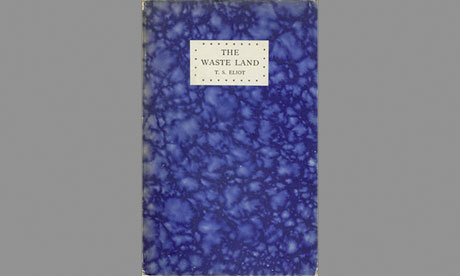Thanks to @KathrynHannan who alerted us to what looks like a really interesting conference! Details below.
Pasold Conference, 7-8 November 2013 & 11th January 2014
‘Sourcing the Archive: new approaches to materialising textile history’
Registration open.
Keynote speakers:
Professor Carolyn Steedman, University of Warwick
Dr Solveigh Goett, Textile Artist and Researcher
(January speaker tba)
Extra conference date, 11 January 2014
The 2013 Pasold Conference, jointly organised by Goldsmiths Department of History and the Goldsmiths Textile Collection will explore how tacit knowledge of material and affective relationships can be traced through the words we think with (Lakoff & Johnson 1999, 2003) with a view to asking: how can our engagement with textile sources extend our knowledge of the past? What can textiles communicate that other sources cannot? Building on a range of recent events which encourage engagement with the materiality of textiles, textile archives and/or the relationship between textiles and other historical sources the Conference will seek to identify textiles’ unique contribution to the advancement of historical understanding and practices.
The Conference will include an exhibition in the Constance Howard Gallery and a display, and optional handling session, of material from the Goldsmiths’ Textile Collection, ‘an eclectic, international treasure trove of textiles’.
We are delighted to announce that the call for papers produced such an abundance of exciting proposals that we have arranged a second stage of the Conference, with support from Goldsmiths Department of Design, on January 11 2014. ‘Fashioning the Archive: new approaches to materialising textile history’ will build on the November sessions, addressing the same questions but with an emphasis – though not an exclusive focus – on dress-related papers. Details are yet to be finalised, but confirmed speakers are listed with the November programme. There will be a further accompanying exhibition and opportunity to access the Goldsmiths’ Textile Collection. Day rates are available for both stages of the Conference, but there is a January fee waiver for those registering for both November dates.















